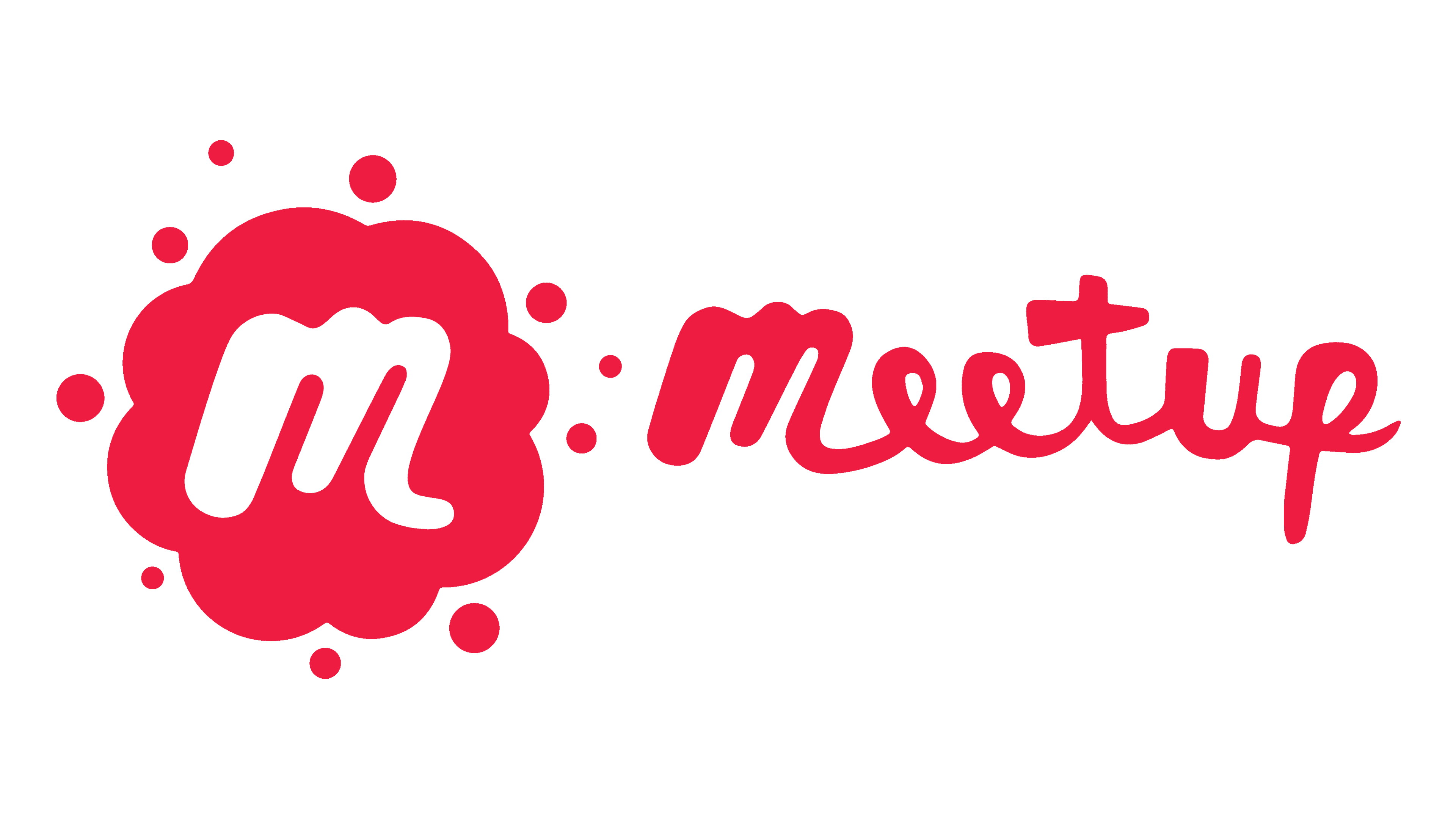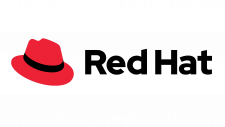Meetup Logo
Meetup serves as a platform that connects individuals through in-person and virtual events. Scott Heiferman, Matt Meeker, and Peter Kamali founded it. They created Meetup in New York City. The purpose was to bring together people with shared interests in various activities and discussions. The design of the platform allows users to find and join groups that match their interests, helping to build local communities.
Meaning and History
Meetup was founded on June 12, 2002. It emerged as a response to the desire for a system that could foster community spirit through face-to-face meetings. The idea gained traction quickly, becoming a popular tool for organizing groups for social, educational, and professional gatherings. Over the years, Meetup has hosted millions of events, varying from small hobbyist gatherings to large professional meetups. The platform has adapted to changing times, incorporating virtual meeting options, which expanded its reach globally.
What is Meetup?
Meetup is an online service that helps people create groups and organize meetings. Through these groups, people with similar interests can meet and exchange ideas. The platform supports various event types, enhancing community engagement and personal development.
2002 – 2016
The logo prominently features the brand name “Meetup” handwritten in black on a white background, enclosed by a strong red border. The typography is informal and approachable, resonating with the brand’s community-driven spirit. This design emphasizes simplicity and the power of connection, mirroring the brand’s purpose of bringing people together.
2016 – Today
This evolved logo contrasts its predecessor with a playful, fluid energy. The “m” now sits within a vibrant red speech bubble, splattered with dots to suggest lively conversation. It’s a bold symbol of dialogue and exchange. The word “Meetup” follows in a free-flowing, lowercase script, signifying accessibility and movement. The red hue remains, preserving the brand’s spirited essence while the design speaks to a more dynamic and interconnected community. The overall aesthetic is friendlier and more dynamic, capturing the essence of social interaction and engagement.













